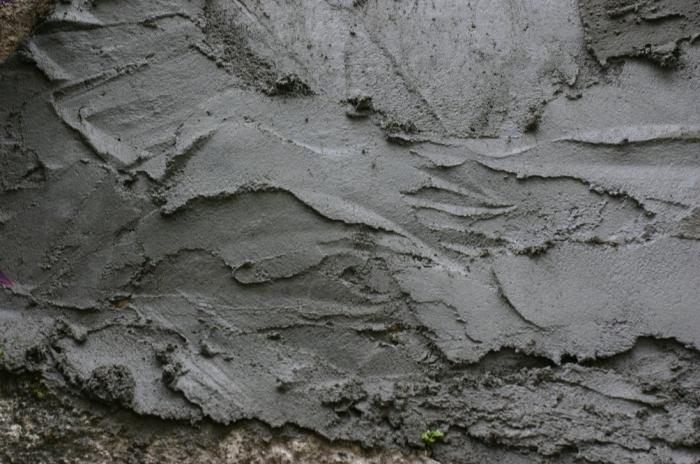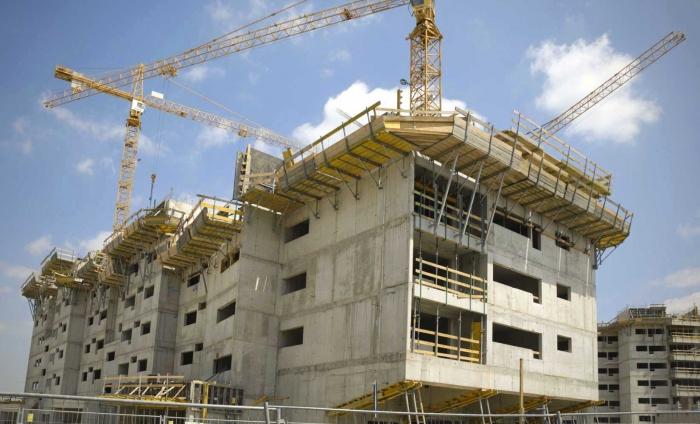Cement is the main component of dry mixes for construction purposes, which are used in the construction of buildings, structures, paving roads, performing reinforced concrete structures or plastering. In construction practice, the density of cement (as the ratio of mass to volume) is divided into bulk and true. These two characteristics differ in that the bulk density is measured when the material is in a loose state. It is 1100 - 1600 kg / cu. meter (1600 kg / cubic meter for compacted condition).

The bulk density of cement is measured on a special device consisting of a funnel and a graduated cylinder. A cement mixture of a certain mass (2 kilograms) is poured into the funnel, which delays large inclusions. After that, it falls into the cylinder, is leveled, and then it is weighed together with the cylinder. The weight of the cylinder is subtracted from the total weight received. Then the mass is divided by the volume and the desired value is obtained. The bulk density value is used when loading components for concrete preparation into the concrete mixer .
The true density of cement differs from bulk in that all air components are excluded from the cement. This leads to an increase in density to 3000 - 3200 kg / cu. meter. In construction, an average value of about 1300 kg / cubic meter is used for calculations. meter. It is assumed that cement, the density of which varies within such wide limits, the better in quality in the building mixture, the closer the density value to the average.
The density of cement depends on the degree of grinding of the components, the surface of the grains in the material, and also on how the mixture was dried in silos. Also among the factors can be noted storage conditions - temperature, humidity level and other characteristics. The density of such a material as cement in the future determines such parameters as strength and resistance to water penetration (hydrophobicity).
The density of cement M400 depends on the variety of this type of material. For example, M400-D0 has no additives (D = 0), so the brand is used in underground and underwater operations, has high water resistance, density and strength. Cement M400-D20 has about 20% additives that reduce its density. Therefore, this cement is used for floor slabs, road works, construction of the blind area, road and paving slabs. But the M400-D20-B brand is similar to the M400-D0 in its strength, but it hardens very quickly, which allows it to be used for the production of reinforced concrete structures.

The number 400 in the marking M400 means how many kilograms of cement can stand in the hardened state per square centimeter. In our case, this is 400 kg. The higher the number, the higher the load he can take on. Cement is offered to customers in bags or in bulk. In bags, building material is supplied for finishing operations, and in bulk - to concrete plants for industrial use. However, there are bags of very large capacity that can hold up to one ton. They are also used to work with building materials in large volumes.